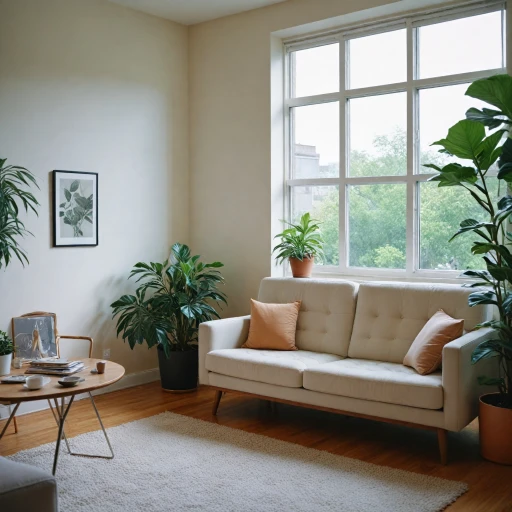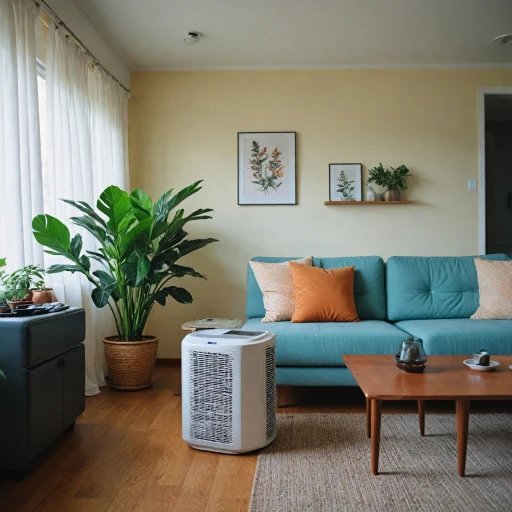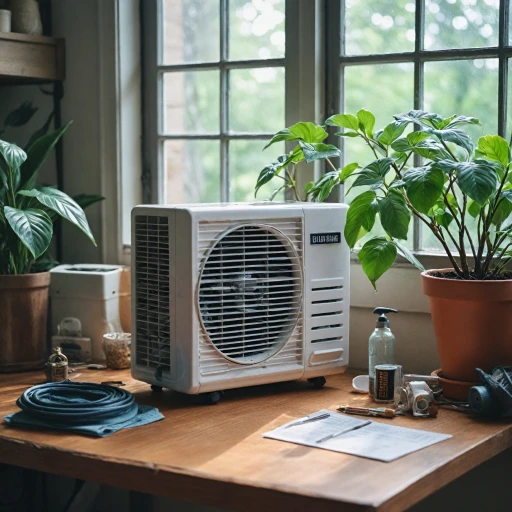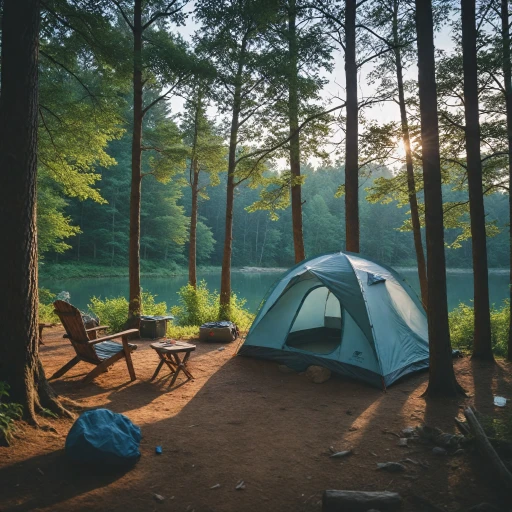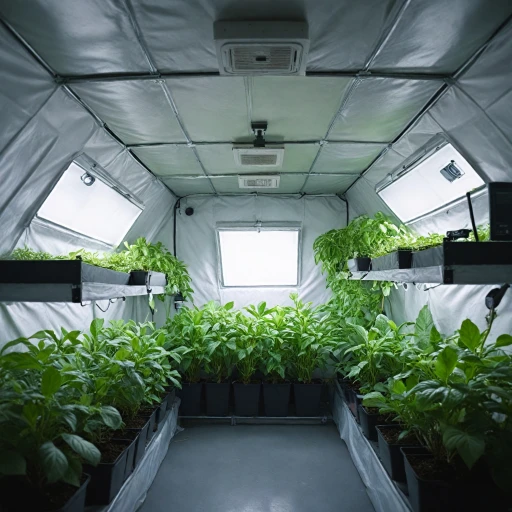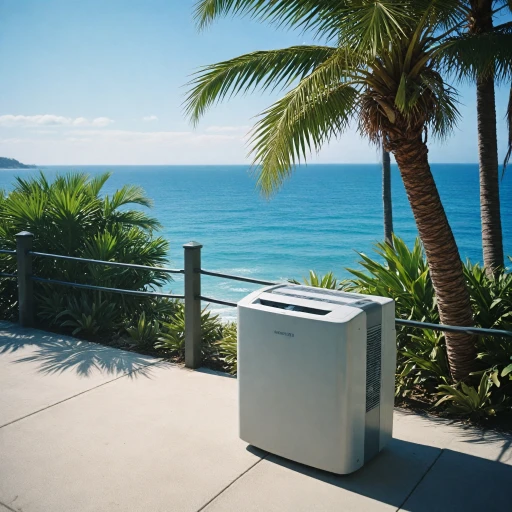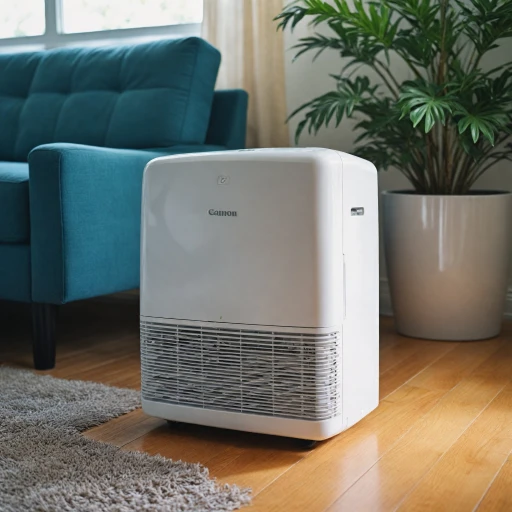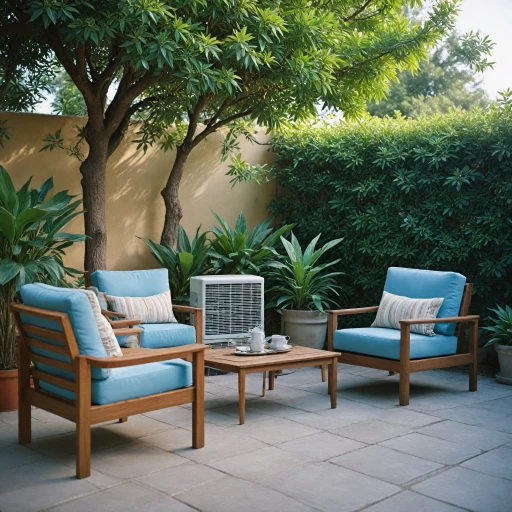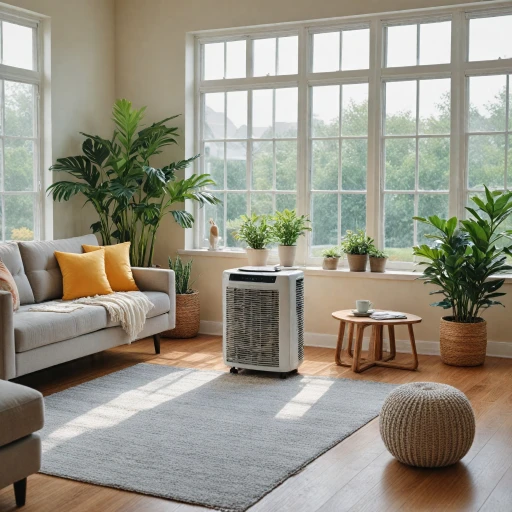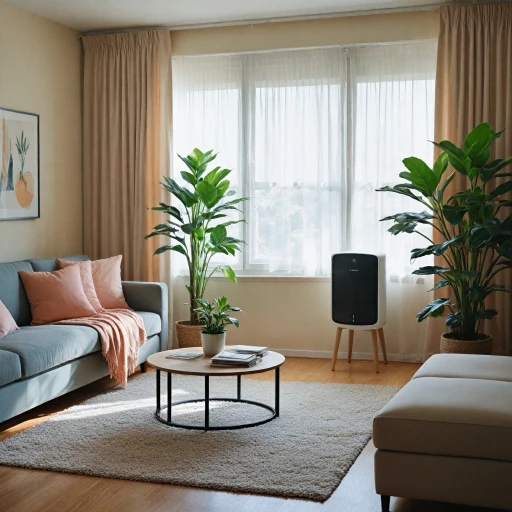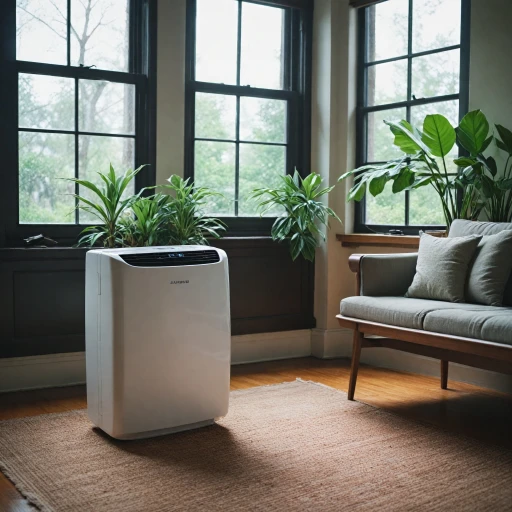
Understanding the Basics of Camping AC Units
When it comes to camping, finding a reliable portable air conditioner can make all the difference in ensuring comfort during your adventures in the great outdoors. Understanding the basics of these units is crucial before making a decision. Typically, camping AC units are designed to be lightweight and easy to transport, perfect for cooling down your tent or small camping space efficiently.
The power of a camping AC unit is often measured in BTU (British Thermal Units), which directly corresponds to its cooling capacity. When choosing the best unit for your needs, consider both the size of your space and the unit's BTU rating. A higher BTU rating means greater power, otherwise read as the capability to cool larger areas. For instance, most tent air conditioners fall into the range of around 5,000 to 10,000 BTU, casting a refreshing breeze over square feet ranging from small tents to more substantial camping sites.
Power sources for portable ACs can vary as well. Some units may operate on a standard electrical outlet, while others are more convenient, utilizing a battery or even a solar current. Battery-powered options, such as some models from EcoFlow Wave, deliver the flexibility needed for camping off-grid.
Moreover, considering features like dual hose systems and remote controls can enhance user convenience. Dual hose designs often allow for more efficient heating cooling by using one hose to intake air and another to expel it, thus maintaining a better internal environment in your tent. Additionally, units with remote controls let you adjust settings without hassle, increasing the overall ease of use for any camping trip.
To summarize, when exploring various air conditioners for camping, keep in mind power options, BTU ratings, and ease of portability. Looking for more comprehensive guidance on this topic? Check out our article on choosing the right portable AC for outdoor comfort.
Key Features to Look for in a Camping AC Unit
Essential Qualities in Portable Air Conditioners for Camping
When it comes to choosing a portable air conditioner for your camping adventures, several features are crucial to ensure an enjoyable and comfortable experience in the great outdoors. Here are some key characteristics to consider:- Cooling Capacity: Look for a portable AC with sufficient BTU (British Thermal Units) power to adequately cool your tent or camping space. The unit's cooling capacity should match the size of your tent in square feet, ensuring an effective breeze mark.
- Battery Powered Options: Opt for units that offer battery-powered functionalities, crucial for when you are camping in areas without access to traditional power sources. Some models support solar charging or can be powered through portable battery packs, making them versatile.
- Portability and Size: Choose lightweight and compact portable units that are easy to transport. These are particularly beneficial for tent camping where space is limited.
- Dual Hose Systems: Consider looking for tent air conditioners with dual hose designs. They are typically more efficient in cooling, as they pull in air from outside the tent, reducing the workload on the AC unit.
- Remote Control Access: For added convenience, some models feature remote controls, allowing users to adjust settings without leaving the comfort of their sleeping bag.
- Eco-friendly Functions: Nowadays, many brands focus on making air conditioners that are not only powerful but also environmentally friendly. Consider conditioners that offer energy-saving modes or have eco-friendly certifications.
Comparing Portable AC Units for Camping
Comparing Options for Your Next Camping Trip
When it comes to portable air conditioners for camping, there are numerous options each offering unique features. The best model depends on your specific needs, including the size of your tent and the conditions you expect to encounter during your outdoor adventures. To begin, consider the cooling capacity measured in BTUs (British Thermal Units). A higher BTU rating typically means more cooling power, which can be crucial when trying to cool a larger tent. Typically, a 5,000 to 8,000 BTU portable air conditioning unit suffices for most camping tents, but you may require more power for larger setups. Additionally, think about the power source available while camping. Portable units often require a direct electricity source, but there are battery and solar-powered options that provide more flexibility for those venturing into areas without electrical hookups. Brands like EcoFlow Wave offer high-performance units that can be powered by portable batteries or solar panels, making them ideal for off-the-grid camping. Dual hose units can offer better cooling efficiency by reducing the risk of hot air being drawn into the tent. Although these systems generally have a higher price tag, the enhanced cooling may be worth the expense. Size and weight are considerations as well if you'll be hiking with your equipment. Lightweight portable ACs with compact designs are easier to transport, especially if your campsite is a fair hike from your vehicle. Portability isn't just about physical movement; it's also about ease of setup. A window air conditioner might work if you have a vehicle, but most campers will find a portable unit simpler to install in a tent camping environment. Finally, incorporate features like remote controls for convenience, or heating functions if you'll be camping in cooler weather. Again, this may affect the price, but the added functionality could provide comfort in variable climates. Check popular platforms like Amazon for user reviews and ratings of various models. It's also important to explore applicable warranties and customer service, ensuring that the investment in your portable air conditioner is protected. For a broader perspective on portable air cooling options that are suitable for all outdoor comfort needs, you might find additional insights here: choosing the right air conditioning unit for your grow tent.Installation and Setup Tips for Camping AC Units
Setting Up Your Camping AC Unit Efficiently
When it comes to setting up your portable air conditioner for camping, preparation is key. Whether you're using a battery-powered unit or a solar-powered model, understanding the setup process can make a significant difference in your cooling experience. Here are some essential tips to help you get started:
- Choose the Right Spot: Position your portable unit in a shaded area to maximize its cooling efficiency. Avoid placing it directly under the sun, as this can reduce its performance and increase power consumption.
- Ensure Proper Ventilation: For tent air conditioners, proper ventilation is crucial. If your unit is a dual hose model, make sure both hoses are correctly installed to allow for optimal air exchange. This helps maintain a consistent temperature inside your tent.
- Secure Power Supply: Depending on your unit's power requirements, ensure you have the necessary power source. For battery-powered units, check the battery life and bring extra batteries if needed. If you're using a solar-powered AC, confirm that your solar panels are correctly positioned to capture maximum sunlight.
- Seal Openings: To prevent cool air from escaping, seal any openings in your tent. This includes zippers, windows, and doors. A well-sealed tent will enhance the cooling capacity of your portable AC, allowing it to maintain a comfortable environment.
- Monitor the Current: Keep an eye on the power consumption of your unit. Using a remote control can help you adjust settings without having to manually interact with the unit, ensuring efficient use of power.
Optimizing Performance for Best Results
To get the best out of your camping AC unit, regular maintenance and monitoring are essential. This includes checking the filters, ensuring the unit is free from dust and debris, and keeping an eye on the cooling capacity to ensure it matches your tent's square feet. By following these steps, you can enjoy a refreshing breeze during your outdoor adventures without any hitches.
Maintenance and Troubleshooting for Camping AC Units
Essential Maintenance Tips for Long-lasting Performance
To ensure your camping portable AC unit stays efficient and long-lasting, regular maintenance is crucial. This not only boosts its performance but can also prevent costly repairs down the line.- Clean the Air Filters Regularly: Dust and debris can accumulate in the air filters of your portable unit, diminishing its cooling capacity. Make it a habit to clean the filters, ideally every two weeks. A quick rinse and dry can make all the difference.
- Inspect the Exhaust Hose: The exhaust hose of your tent air conditioner, especially if it's a dual hose model, can get clogged or crimped. Ensure it's clear and properly connected for optimal airflow.
- Maintain the Coils: Dust can accumulate on the condenser and evaporator coils. Cleaning them periodically can improve efficient heat exchange, keeping your air conditioners running cool.
- Check for Leaks: Portable units with a heating cooling mechanism might develop water leaks. Regularly inspect your unit to ensure no moisture is escaping which could cause damage to your tent flooring.
Troubleshooting Common Problems
If your portable portable air conditioner starts displaying issues, troubleshoot before opting for professional help.- Inadequate Cooling: First, check if your unit's cooling power in BTUs matches the tent’s square feet. Also, ensure windows and doors are secured to prevent cool air from escaping.
- Unit Not Powering On: Double-check power connections, including battery or solar current inputs; FAQs on manufacturer's site can be helpful too.
- Strange Noises: Could be due to debris in the fan blades or a malfunctioning remote control. Detach and inspect the parts as necessary.
Budget Considerations for Camping AC Units
Consideration of Costs and Overall Benefits
When planning your camping trip, budget is a significant factor in selecting the right portable air conditioning unit. With a wide range of air conditioners available, weighing both initial costs and operational expenses plays a crucial role. Here’s a breakdown to guide your decision.- Initial Purchase Price: Portable air conditioning units can vary greatly in price. High-end models, like the Ecoflow Wave, come with advanced features such as battery-powered capability and dual hose systems, which could raise the price, especially if purchasing from retailers like Amazon.
- Energy Consumption and Power Efficiency: Understanding the BTU (British Thermal Unit) of your chosen unit can help assess its efficiency and cooling capacity. Higher BTUs equate to more power and potentially higher energy costs. If you’ll be using your tent air conditioner frequently, consider a model with good energy efficiency ratings to keep costs down.
- Power Source: Ensure that your portable unit suits your camping setup. For battery-powered or solar camping trips, check if your unit is compatible with a solar panel current or comes with a reliable battery pack. These modern solutions can save on energy costs, particularly if you’re venturing off-grid.
- Operational Costs: Think about the area you need to cool. Units designed for small spaces like a window air conditioner for a tent might be more cost-effective since they are meant to cool a specific square feet range, suitable for tent camping.
- Added Features: Extras such as heating/cooling functionalities, remote control accessibility, and eco-friendly options might enhance your experience but come at a premium. Weigh the importance of these features against their cost.

